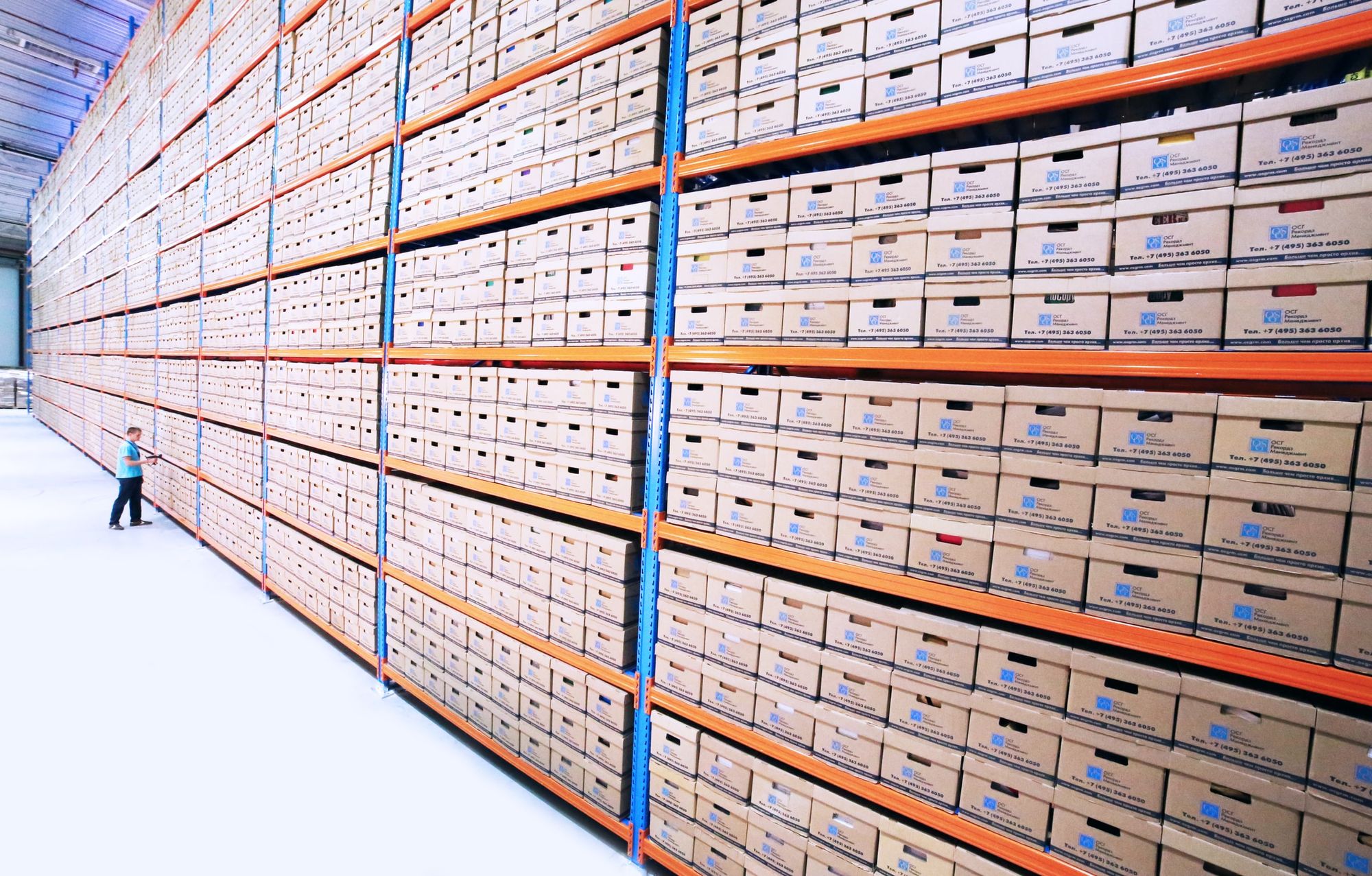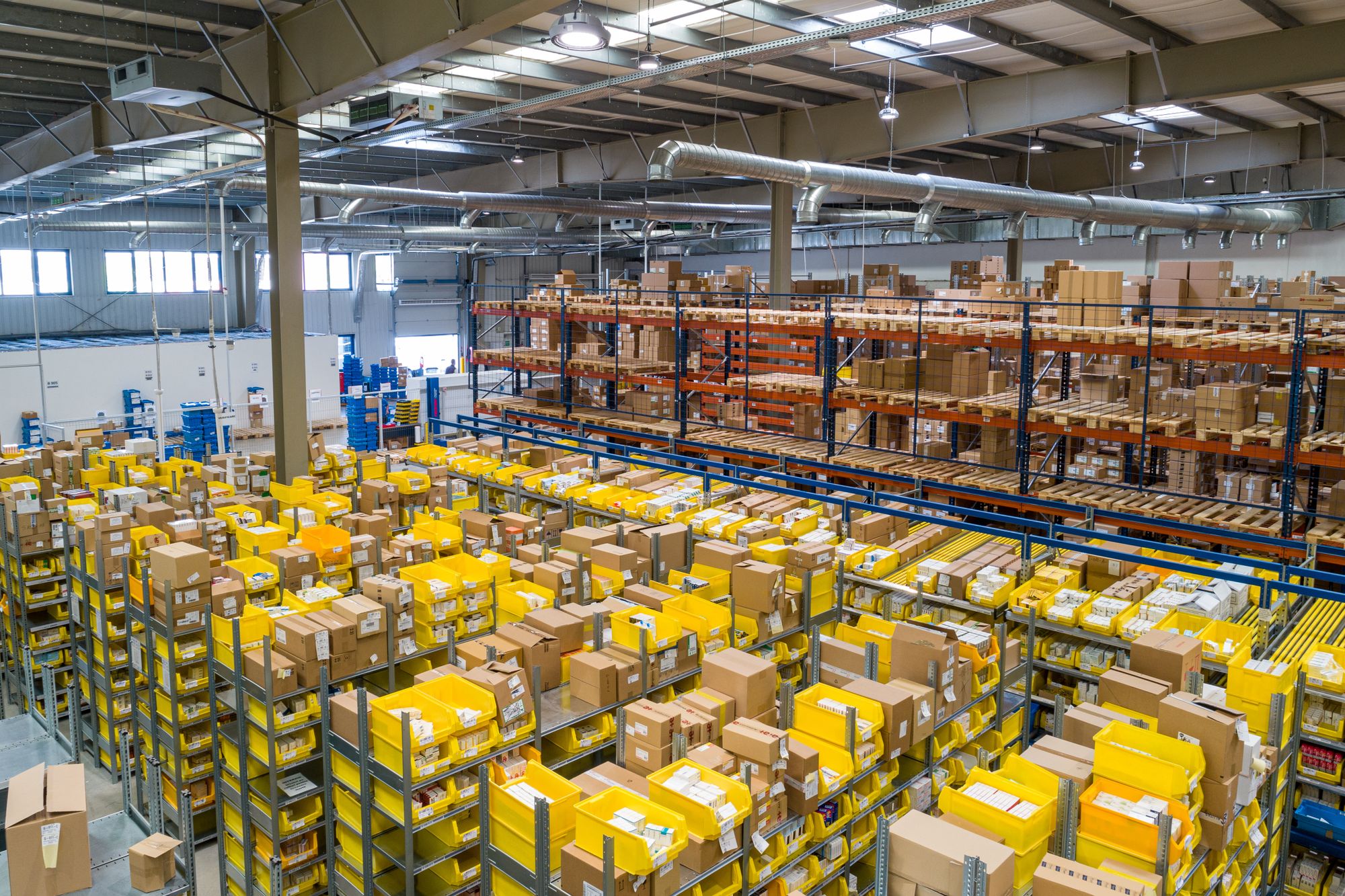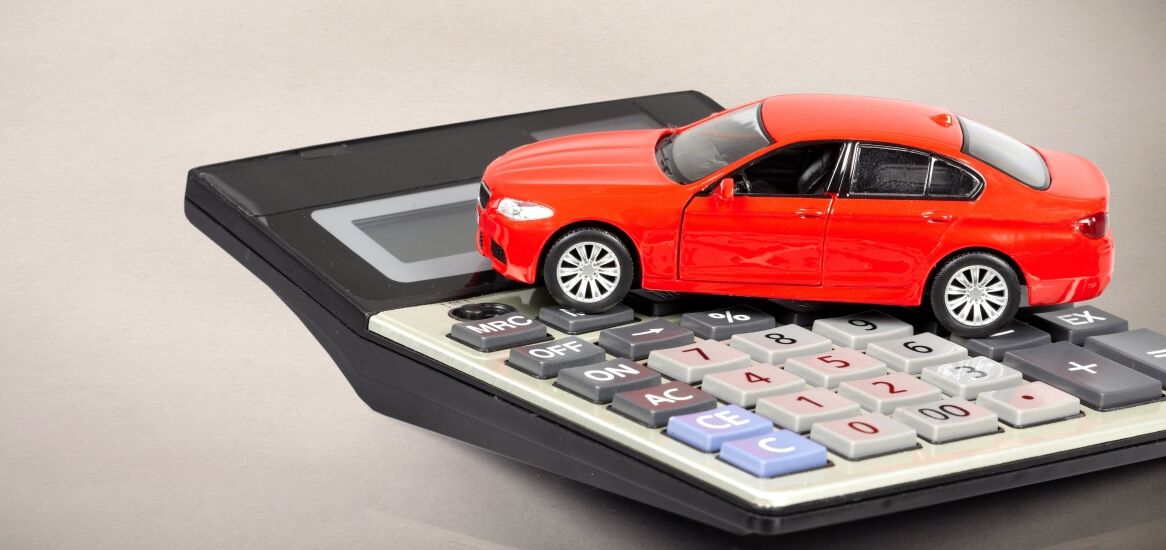Selling off an asset encompasses a detailed process for a company. After certain period of time assets depreciates and you need to dispose or sell of depreciating assets.
The residual value of an asset is usually estimated as its fair market value, as determined by agreement or appraisal. Residual value holds a special place in calculating depreciation and for accounting purposes. For ensuring a valid accounting process, evaluation of residual value is as important as the other factors such as cost of the asset, depreciable value, and the useful life of the asset.

In accounting, the residual value is an estimated amount that a company can acquire when they dispose of an asset at the end of its useful life. In order to find an asset’s residual value, you must also deduct the estimated costs of disposing the asset.
Here’s what we explore in this post:
- Details, formula, and calculation for Residual value
- Lease Residual Value
- Examples for clearer awareness
- Role of Residual value in calculating depreciation
- Are residual and salvage values the same?
What is Residual Value?
Residual Value is the value of a fixed asset at the end of its useful life. As a general consideration, the longer the life of the asset, the lesser the salvage value.
There are different ways in which different industries calculate residual value. This could be because residual value impacts the depreciation schedule of an enterprise. If you run a business or have manufacturing equipments, you will have certain assets such as machinery. For companies, assets are things of value that sustain growth and production. For a business, assets can include property, machine, raw materials and inventory.

Simply speaking, if you lease a machine or asset for 5 years, then the residual value is the value of the asset at the end of 5 years. The balance sheet lists a company's assets and shows how those assets are financed. It must be noted that the cost of the asset is recorded on the company’s balance sheet whereas the depreciation amount is recorded in the income statement.
How is Residual Value Calculated?
From the definition in the previous section, residual value is depreciation subtracted from the asset’s original price.
Here’s the formula for residual value:
Residual Value Formula:
Residual Value = (estimated salvage value) – (cost of asset disposal)
Salvage Value Formula:
S = P- ( I * Y )
Where
S = Salvage Value
P = Initial Price
I = Depreciation
Y = Number of Years
Total Cost $40,000
Less: Residual Value (19,000)
Depreciable amount 21,000
Useful Life 3 Years
Annual Depreciation Charge ($21,000/3) $7,000
|
$ |
|
|
Total Cost |
$40,000 |
|
Less: Residual Value |
(19,000) |
|
Depreciable amount |
21,000 |
|
Useful Life |
3 Years |
|
Annual Depreciation Charge ($21,000/3) |
$7,000 |
As many production companies make decisions based on their machinery for sustainable productivity, the evaluation of the equipment they own is necessary. Based on the use and quality of the asset, there is an uninterrupted deterioration.
So, there are various reasons for the companies to make the asset cost-effective. In addition, the companies must ensure that the products manufactured are also economical from the viewpoint of the customer. In all, to maintain market relevance, the companies must calculate the machine's efficiency.
How to Calculate Residual Value of a Leased Vehicle?
Lease residual value is also called lease-end value. It is recommended to estimate the lease residual value of a vehicle before purchasing it.
Definition of Lease Residual Value
Lease residual value provides an estimate of the value of the leased vehicle at the end of the lease. It is calculated by considering the original price of the vehicle as well as the effect of depreciation on it. In simple words, residual value subtracted from the original price gives you the amount you pay to the lessor.
Importance of Residual Value
- The primary objective to calculate residual value is to know the worth of a car at the end of the lease.
- It also helps in calculating the rate used in the lease which lets you know the monthly installments.
- Residual value also helps you know the amount you may expect to pay if you decide to purchase the vehicle.
- It is an efficient method to know which vehicle retains its value in the best way.
Calculations for Residual Value
On your way to leasing a vehicle, you may observe that despite belonging to the same industry, the calculations for residual value may vary from one lessor to another. Based on the terms of your dealer, the lease is applied to the value of the vehicle in the form of a percentage.
For example, $15,000 vehicle/car with a residual value of 50% will hold the value
=15,000* 50%
= $7,500
You must remember that all the calculations are based on estimates as precise values are difficult to obtain due to market fluctuations.
You will need to calculate the lease value in either of the two cases:
- If you are thinking of buying your leased vehicle or
- You are looking at closing your lease agreement sooner

Investigate and Explore
For achieving any of these, you will need to acquire maximum information about the car. This includes the model and make of the car. After you have this information with you, use it to calculate how much the car has depreciated since you began driving it. You should also take into account if there have been any accidents. Note down the number of miles or any other information that may assist you with calculating its residual value.
Deduct Depreciation from Original Value
You have the initial cost of the vehicle on your lease agreement. Once you know the depreciation value, subtracting it from the original cost will give you the residual value. That is officially the current value of the car after use.
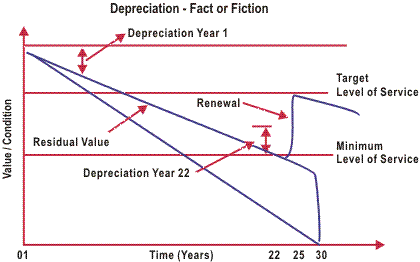
How to Determine Residual Percentages on Depreciation?
We know now that residual value is calculated as:
Residual Value = % cost recoverable from sale * Original cost
This implies that if you buy a good/asset worth $2,000 and if your recoverable is 10% of the original cost, then the residual value is $200.
The residual percentage is calculated with this expression:
Residual % = Original cost / Residual value
So, from the example,
Residual % = $2000 / $200
= 10%
Example of Residual Value Calculation for a Car Belonging to a Business
Let’s take an example of a business that owns a car. We shall look through the residual value calculations for its car. Here are the assumptions:
Initial cost of car = $20,000
Useful Life in years = 6
Depreciation = 10% per year
So, after 6 years if the company sells the car,
60% depreciation is reported over 6 years and residual value is 40% of the initial cost of the car.
Salvage value of 40% = 8000
So, this value is also called as Residual value Before Tax.
This is the amount the company can receive if it decides to sell off the car and when the tax hasn’t been applied.
Now, say the company has to pay a tax of 15% on this amount,
15% on $8,000 = $1,200.
So $8,000 - $1,200 = $6,800
$6,800 is the salvage value after the company has paid the tax on the residual value..
So, we see how businesses need to evaluate the before tax and after tax residual values for the cars owned by them.
How is Residual Value used in Depreciation Calculations?
Assume you lease out a car for 6 years. Going by the definition, the residual value would be the value of the car after 6 years. Most of the time, banks fix this value while issuing the lease. The rate of interest and other taxes contribute to determining the estimated monthly installments.
Let us look at Depreciation Formula to understand better:
Straight Line Depreciation Method = (Cost of an Asset – Residual Value)/Useful life of an Asset
Diminishing Balance Method = (Cost of an Asset * Rate of Depreciation/100)
Unit of Product Method =(Cost of an Asset – Salvage Value)/ Useful life in the form of Units Produced
Double Declining Balance Method = 2*(Beginning Value – Salvage Value)/Useful life
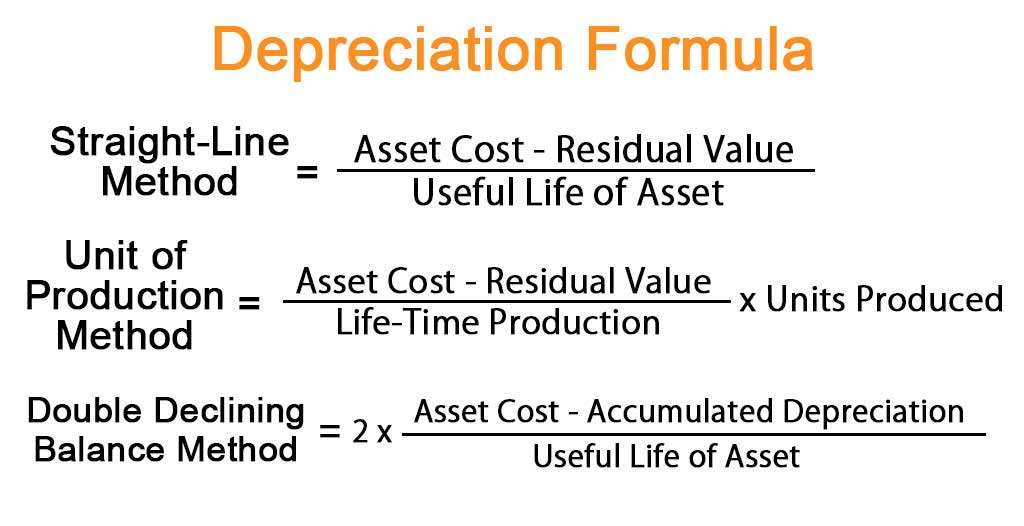
The facts mentioned are essential to calculate an asset’s depreciation expense. The depreciation valuation can be done following these steps:
- The residual value is the ending value of the asset. Therefore, it is subtracted from the initial value to get the total amount.
- This gives us the depreciation amount.
- Following a straight-line depreciation method, this amount is divided by the asset’s useful years. This gives us the annual depreciation expense for every year.
When calculating depreciation in your balance sheet, an asset's salvage value is subtracted from its initial cost to determine total depreciation over the asset's useful life.
Depreciation measures an asset's gradual loss of value over its useful life, measuring how much of the asset's initial value has eroded over time. Depreciation is an essential measurement because it is frequently tax-deductible.
Example:
Assuming the following values for a truck that a company has purchased.
Costs of truck= $100,000
Estimated Useful life = 5 years
Assumed residual value = $25,000
The company uses the amount for residual value as the official residual value.
Therefore, it carries out depreciation of $75,000 of the amount that would be used over the next five years.
What is the Impact of Residual Value on Accounting?
The residual value is used to detect the value of cash flows an enterprise generates following the time frame used for the prediction. In a forecast for, say 15 years of a company’s operability, the company needs to evaluate the cash flows for these 15 years. So here, the cash flows will be discounted by the company to get their net value. This current net value is then added to the market value of the company.
So, when accounting is done or even when the company wants to sell off an asset after its useful life, residual value is the element that presents a clearer picture.

Here are the steps to estimate the impact of residual value on accounting:
Step 1: Calculating asset’s original price
A manufacturing firm purchases a machine for its production unit. The first step it takes is to determine the purchase price of the machine.
Initial Payment for the machine = $20,000
Sales Tax = $1,000
Installation cost = $500
Total Purchase price = $21,500
Step 2: Determine Depreciable Value
This is calculated as:
Purchase Price - Salvage Value = Value of Depreciation
Here, we make certain assumptions.
The useful life of the machine = 7 years
Residual value = $1,000
So, the depreciable value = $21,500 - $1,000 = $20,500
Step 3: Select the method to calculate depreciation
You may choose any of the following methods for the purpose:
- Straight line
- Double Declining balance
- Sum of the years
- Units of Production
Step 4: Draw a Depreciation Schedule
A depreciation schedule helps you with mapping out monthly or yearly depreciation.
Going with the straight-line method,
Yearly depreciation = Depreciable value / Useful years
Step 5: Depreciation Journal Entry
At this stage, you may make a depreciation journal entry.
Here, we see how the rate of depreciation is based on the residual value. As the depreciation value holds key relevance in accounting, we may conveniently state that residual value has an eminent role to play in accounting.
Salvage Value Vs. Residual Value
We often observe a confusion around the terms Salvage Value, Scrap Value and Residual Value. In accounting, all the terms are technically the same.
How can Deskera help your Accounting and Business?
As a business owner, you can invest in accounting softwares that can help you keep track of your journal entries, balance sheet, inventory and production costs.A successful business needs an efficient financing process that meets its specific needs.
Deskera Books is an online accounting software that your business can use to automate the process of journal entry creation and save time. The double-entry record will be auto-populated for each sale and purchase business transaction in debit and credit terms. Deskera has the transaction data consolidate into each ledger account. Their values will automatically flow to respective financial reports.
You can have access to Deskera's ready-made Profit and Loss Statement, Balance Sheet, and other financial reports in an instant.

Deskera can also help with your inventory management, customer relationship management, HR, attendance and payroll management software. Deskera can help you generate payroll and payslips in minutes with Deskera People. Your employees can view their payslips, apply for time off, and file their claims and expenses online.
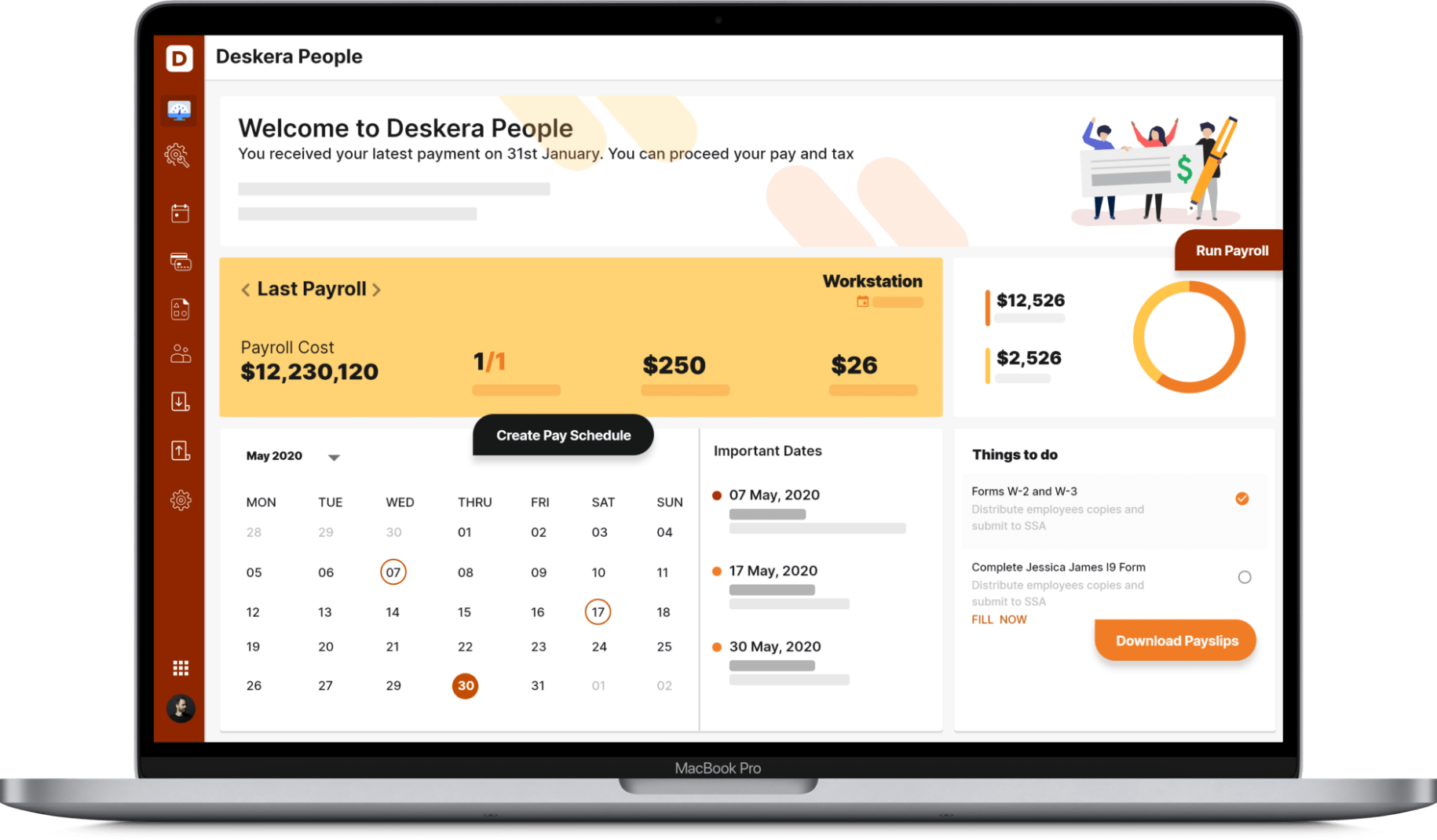
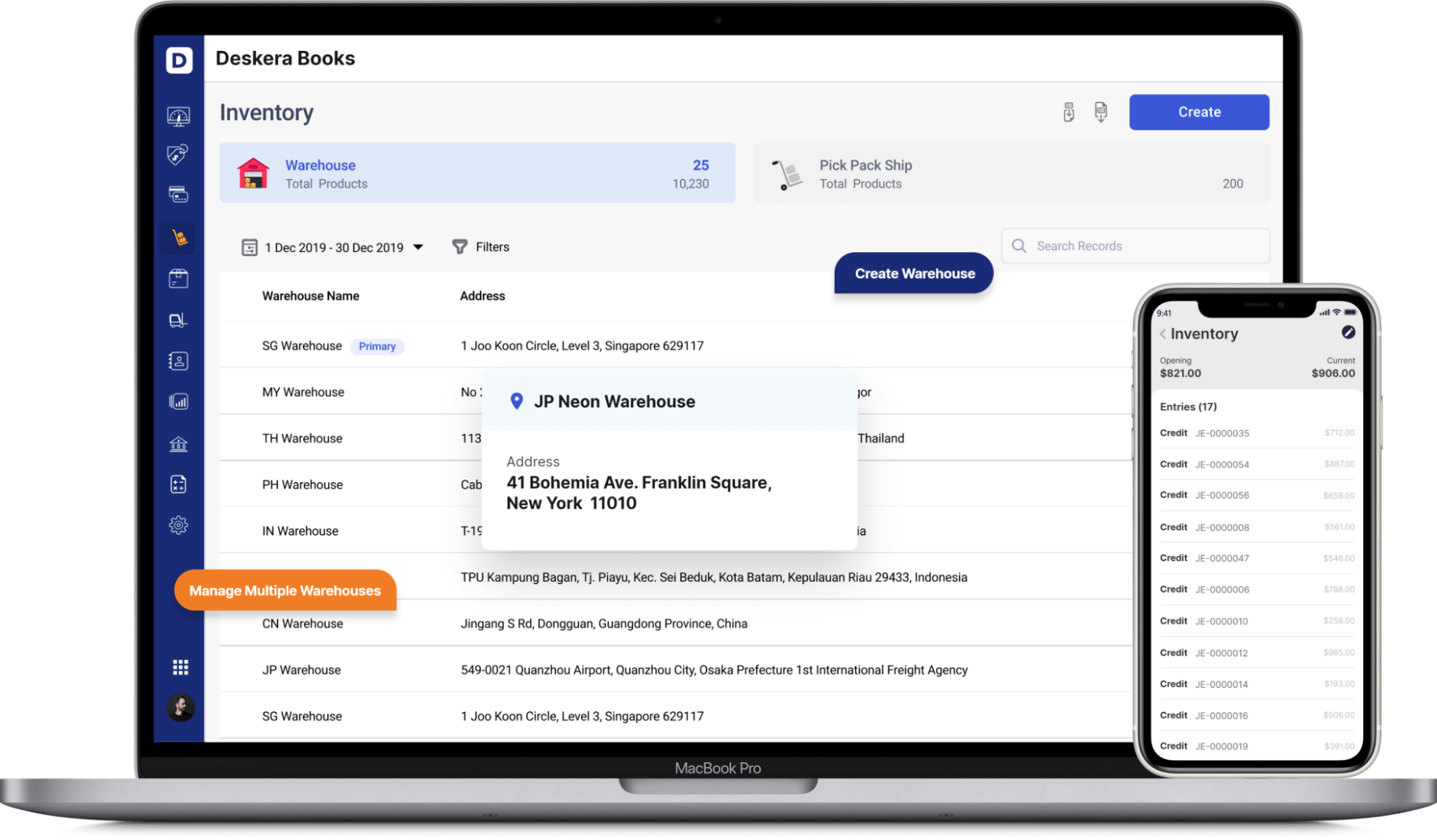
With Deksera CRM you can manage contact and deal management, sales pipelines, email campaigns, customer support, etc. You can manage both sales and support from one single platform. You can generate leads for your business by creating email campaigns and view performance with detailed analytics on open rates and click-through rates (CTR).
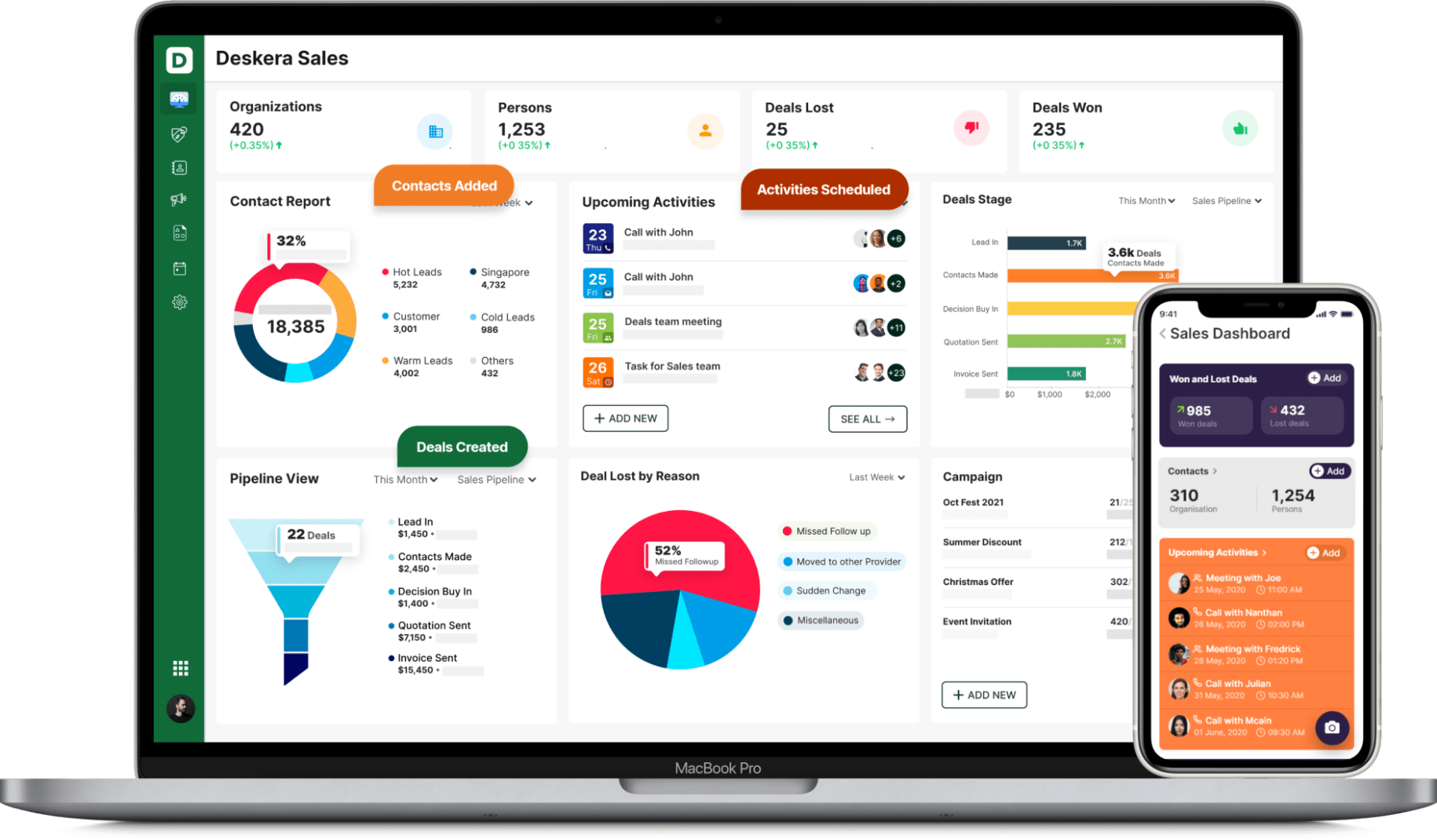
Deskera is an all-in-one software that can overall help with your business to bring in more leads, manage customers and generate more revenue.
Key Takeaways
Based on our observations from this article, we can take away the following points:
- Residual value is the value of an asset at the end of its useful life.
- Different fields and industries use residual value differently
- The residual value influences the total depreciable amount a company uses in its depreciation schedule
- Incase you lease a car for four years, its residual value is how much it is worth after four years.
- It is an efficient way to know what your monthly installments will be
- The lease period or useful life is inversely related to the residual value of an asset.
Related Articles
